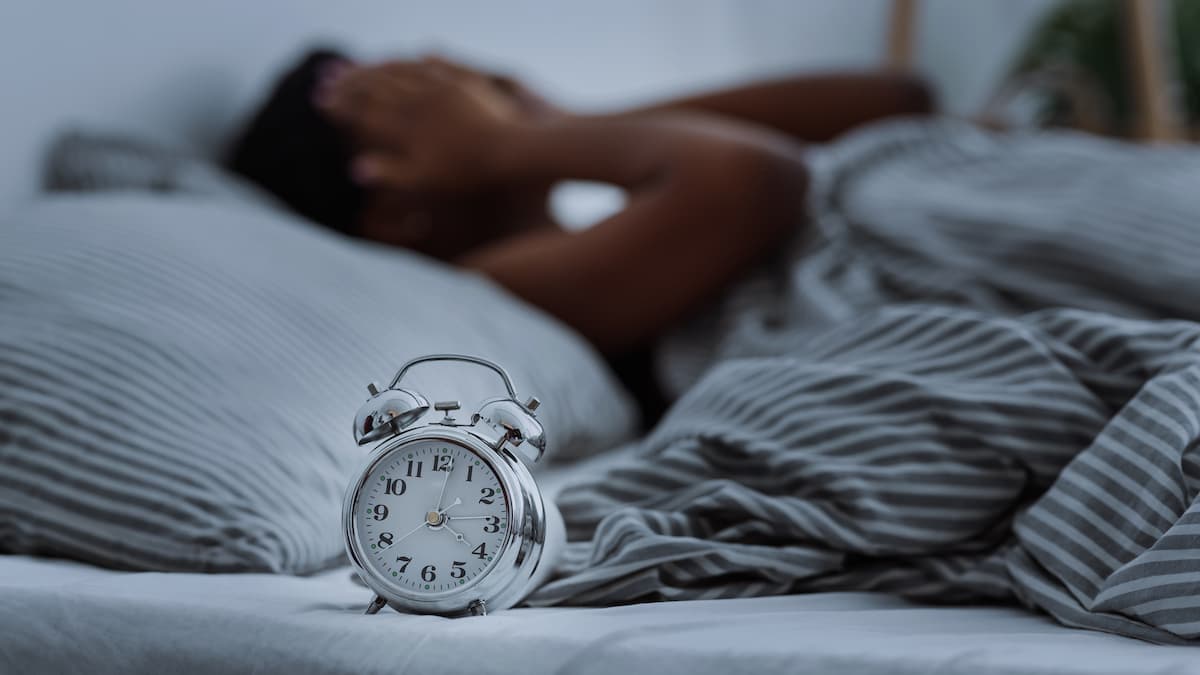Article
Would Adults Having Orthopedic Surgery Use a Home Assessment App?
Author(s):
Would older adults use an app to assess the safety of their homes before joint replacement surgery, and if so, what might it feature? Researchers conducted a feasibility study to find out more.
Most American homes are not set up for residents to age in place, which is the preference of many adults. A recent study explored the feasibility of a mobile application to assess homes for adults recovering at home after undergoing total knee arthroplasty (TKA) and total hip arthroplasty (THA). These two procedures are expected to increase by 401% and 284%, respectively, by 2040, according to the researchers, writing in Applied Ergonomics.
While those surgeries are common, so are falls afterwards, due to impaired balance and mobility. Most patients are unaware of the mobility challenges they might have after a procedure and how falls might be reduced with some modifications.
However, most technology tools used to assess surroundings are used by professionals. The aim of this study was to uncover what kind of technology would be feasible and accepted when used by older adults to proactively assess their surroundings before surgery.
The study was conducted between June 2019 and January 2020 with a health care system in the southeast United States; interviews were conducted with adults undergoing THA/TKA and their care partners before and after surgery. A total of 22 patient/caregiver pairs participated.
Ages ranged from 50 to 79 years, with a mean (SD) age of 64 (9.04); most (68%) were female. Around 77% of the participants lived with a spouse, 9% lived with a friend or roommate, and 5% lived alone.
Most of the participants (73%) underwent TKA and 27% underwent THA.
Half of the participants had no experience of joint surgery, whereas the other half had previously experienced surgery themselves or as caregivers to a family member.
Of the total, 19 participants were interviewed pre- and post surgery. Three participants were interviewed presurgery but opted out of the study post surgery.
Semistructured interviews focused on 2 areas. The first one asked about mobility issues and environmental challenges. The second part asked participants about their existing use and comfort with technology, perceived usefulness of technology to conduct the home assessment, factors that would increase ease of use, and intent to use technology for home assessments before and after surgery.
About 86% of the participants owned a smart phone and 14% used flip phones; both types were primarily used for texting or calling. While most smart phone users reported being comfortable with the standard features of the phone, very few downloaded applications for entertainment or used the phone to monitor any health or fitness information.
Overall, 41% (n = 9) of the participants felt very comfortable using technology and 32% (n = 7) were slightly comfortable using technology. Six participants did not feel comfortable using technology at all, specifically computers, tablets, or smart phones. Technology comfort level did not vary by age or gender.
When responses were compared before and after surgery, none of the participants reported a desire to use technology less, and some reported a greater willingness, indicating to researchers that the experience of being in their homes after surgery swayed their intentions. Specifically, 2 participants who were not willing to use an app changed their minds after surgery, and 3 participants who were unsure before surgery said they were willing to use an app after surgery.
In addition, about half of those queried who reported being uncomfortable with technology said they would be willing to learn how to use a technology-based home assessment app from their family or friends.
Asked what should be in such a tool, participants gave a variety of ideas, including:
- Suggestions for modifications that are specific, cost-effective, and feasible
- Minimal use of text and more pictures or visual information
- How-to videos
- Chat feature to help find contractors
- Autogenerated checklist of things to do based on responses
In discussing their findings, the authors raised the idea that "acceptance of technology among older adults might not be only about the technology itself. Participants realize the value of using an assessment tool after experiencing the challenges in their homes firsthand."
It is important to educate patients having these joint replacement surgeries about these challenges before surgery, they noted.
Reference
Joshi R, Joseph A, Mihandoust S, Madathil KC, Cotton SR. A mobile application-based home assessment tool for patients undergoing joint replacement surgery: a qualitative feasibility study. Appl Ergon. Published online May 20, 2022. doi:10.1016/j.apergo.2022.103796.




